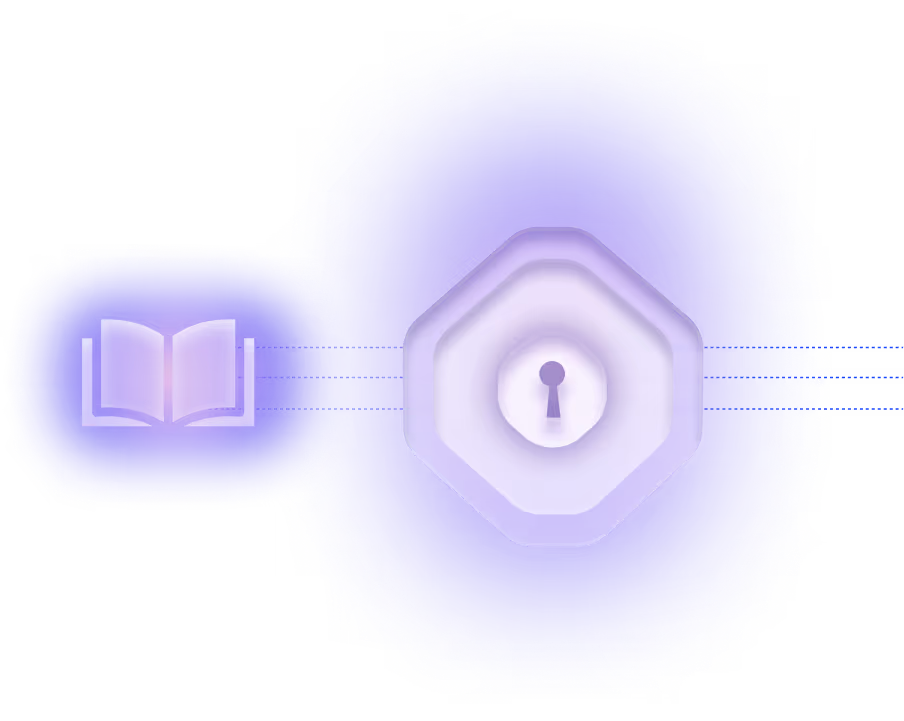Role

What is a role?
In cybersecurity and identity management, a role is a logical construct that defines a collection of permissions or entitlements associated with a specific function, task, or responsibility. Roles are central to implementing access control models—most notably Role-Based Access Control (RBAC)—where users or systems are assigned roles rather than individual permissions. This abstraction simplifies security governance by enabling scalable, consistent, and auditable access control policies across complex environments.
Why is it important?
Roles are foundational to enforcing the principle of least privilege, a core tenet of modern security architectures. By grouping permissions according to job functions or system tasks, roles reduce the administrative overhead of managing entitlements individually and help prevent privilege creep. In hybrid and multi-cloud environments, where thousands of human and non-human identities (NHIs) operate concurrently, roles ensure consistent access governance across diverse platforms such as AWS IAM, Azure Active Directory, Kubernetes, and on-premise systems.
What are common applications or use cases?
In practice, roles are used to govern access for both human and non-human identities. For example, a cloud database role may allow read-only access for analytics services while restricting write capabilities to backend application identities. In CI/CD pipelines, ephemeral roles can be assigned to automation tools to manage infrastructure during deployment, with permissions expiring upon task completion. In healthcare, NHIs such as medical devices or AI diagnostic agents are assigned roles based on operational context—e.g., a device may only access sensitive patient data during scheduled maintenance windows and only from approved network zones.
What is the connection to NHIs (Non-Human Identities)?
Roles are critical for managing NHIs, which often operate autonomously and require scoped access to perform machine-to-machine operations. Unlike human users, NHIs lack contextual oversight, making it essential to define strict role boundaries and enforce dynamic constraints using Attribute-Based Access Control (ABAC) models. For instance, roles assigned to IoT devices or service accounts can be restricted by time-of-day, source IP, or workload context to prevent misuse or lateral movement. Modern NHI security platforms use roles in combination with behavioral analytics to detect anomalies, such as unexpected privilege escalation or unauthorized data access.
Are there any notable industry data, trends, or standards?
Industry trends show a convergence of RBAC and ABAC to achieve fine-grained control over NHIs. Regulatory frameworks like NIST SP 800-63 and the EU's NIS2 Directive mandate auditable role assignments and separation of duties (SoD) for sensitive workloads. Additionally, cloud providers now support federated role assignment across domains, enabling consistent policy enforcement in hybrid architectures. However, studies indicate that 97% of NHIs retain excessive privileges post-deployment, emphasizing the need for automated role lifecycle management and periodic access certification.
What is the broader impact or takeaway?
Roles serve as a security and governance anchor in identity-centric architectures. For enterprises managing large volumes of NHIs across distributed systems, roles enable scalable policy enforcement, reduce attack surfaces, and support compliance with international standards. When combined with automation, behavioral baselining, and cryptographic controls, role-based governance transforms static identity models into adaptive security frameworks capable of supporting zero trust initiatives and AI-driven infrastructures.





